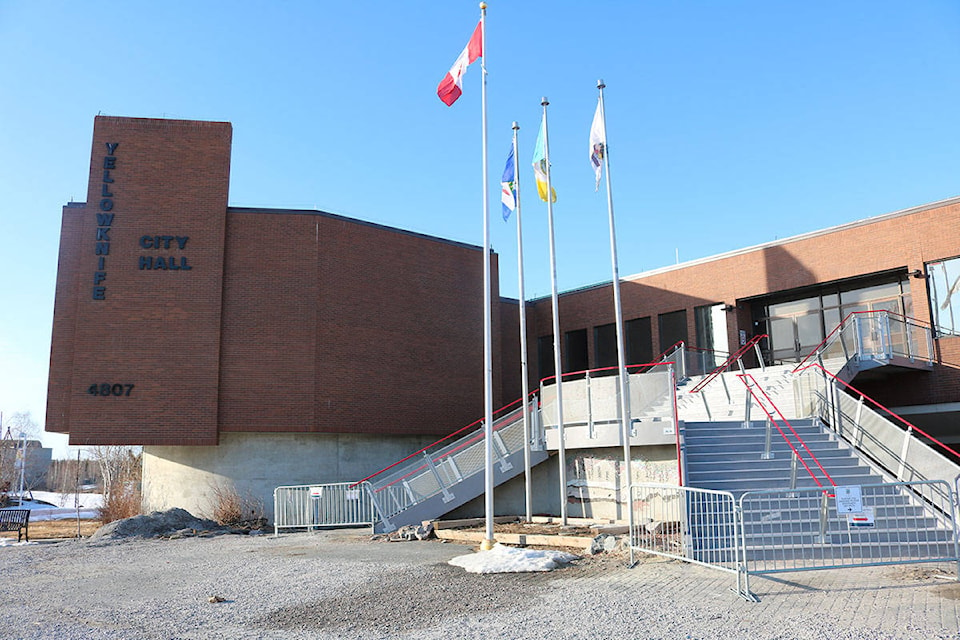The first draft of the City of Yellowknife’s zoning bylaw will be presented at the governance and priorities committee meeting at noon on Sept. 7.
The municipality unveiled the 150-page first draft on Aug. 24, which includes new proposed regulations around the location and size of buildings constructed on private properties and permitted activities on land within the municipality.
The document can be reviewed on the city website along with several fact sheets that include comparisons with the 2008 document.
Charlsey White, director of planning and development, said in a city news release that the proposed bylaw includes the municipality’s vision and principles and follows the 2020 Community Plan, which laid out broad direction on how regulations should be set for zoning.
“The new zoning bylaw is modern, easy to use, and reflects feedback from residents and stakeholders,” White said.
The updated bylaw comes nearly a year after city planning and development officials and representatives from Dillon Consulting first laid out plans for the project in Sept. 2020.
Much of the reasoning for the bylaw update was due to a document that was ridden with amendments and red tape that made it difficult for planners and developers to follow and comply.
There was also a necessity to modernize the bylaw to reflect social, environmental, economic and other demands important to the community.
Mayor Rebecca Alty said there’s still a long path before the bylaw is finalized and updated from its previous version, and she said she expects council to pass it in early 2022.
Following next week’s presentation, the city will host open house sessions during the week of Sept. 20 for people to ask questions and provide feedback.
Residents are also invited to submit comments between now and Oct. 1 to inform the city what they want to see in the bylaw or where they see problems in the proposed document.
Municipal staff will draft a summary for council to consider before trying to implement those recommendations into decision making.
“Following that is when we will actually go to first reading and hold a statutory public hearing and move toward more formal processes, likely later in October and November,” Alty said.
She said that issues around downtown parking, agricultural land use and the city’s long-term focus on developing infill lots over building new subdivisions are among the larger topics that will be of interest to the public.
“People will also see some changes around regulations for short-term rentals and cannabis use, which the old bylaw didn’t take into consideration in the early 2000s,” Alty said. “It is really important that a lot of people have comments on their community’s overall look and feel.”
Climate change and daycare
Alty said that this document will have a stronger focus on climate change action and trying to reduce emissions through some of the regulations as well.
“There are things like changes to daycare regulations so that they can be located anywhere in the city, including in residential areas where, in the past, they couldn’t be in residential areas,” she said. “We want to be able to have opportunities where people do not have to drive across town and one way of doing that is having daycare close to where parents can walk their kids from their own living areas.”
Other changes will include lifted regulations around agricultural production on private lots.
“Before, you had to get a permit to raise beds and raised beds could be only a certain parity and now we are encouraging residents to grow food to make it easier,” Alty said. “This reflects best practices from across North America as well as what we have heard from the community in the zoning bylaw feedback and our agriculture bylaw discussions.”
